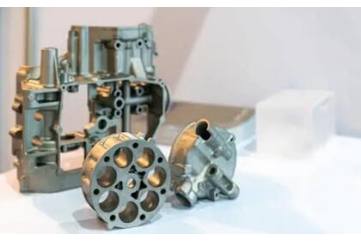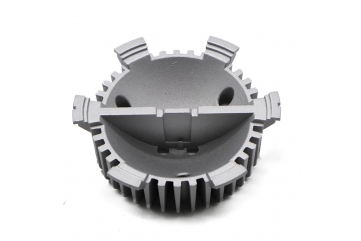What materials are used in die and mold?
Die and mold manufacturing involves a variety of materials, each chosen for specific properties and applications. Here’s an overview of common materials used in dies and molds:
1. Tool Steels:
– H13 (hot work tool steel)
– P20 (mold steel)
– D2 (high-carbon, high-chromium tool steel)
– A2 (air-hardening tool steel)
2. Stainless Steels:
– 420 stainless steel
– 440C stainless steel
3. Pre-hardened Steels:
– 4140 steel
– 4340 steel
4. Aluminum Alloys:
– 7075 aluminum
– 6061 aluminum
5. Copper Alloys:
– Beryllium copper
– Brass
6. Other Materials:
– Tungsten carbide (for wear-resistant inserts)
– Nickel alloys
– Zinc alloys (for some low-volume applications)
7. Plastics and Composites:
– For prototype molds or low-volume production
8. Coatings and Surface Treatments:
– Nitriding
– PVD (Physical Vapor Deposition) coatings
– Chrome plating
The choice of material depends on factors such as:
– Type of molding process (injection molding, die casting, etc.)
– Material being molded or cast
– Production volume
– Required mold life
– Thermal conditions during molding
– Corrosion resistance needs
– Cost considerations
Each material offers different benefits in terms of hardness, wear resistance, thermal conductivity, machinability, and cost. The selection is crucial for ensuring the mold or die performs well and has an appropriate lifespan for its intended application.




